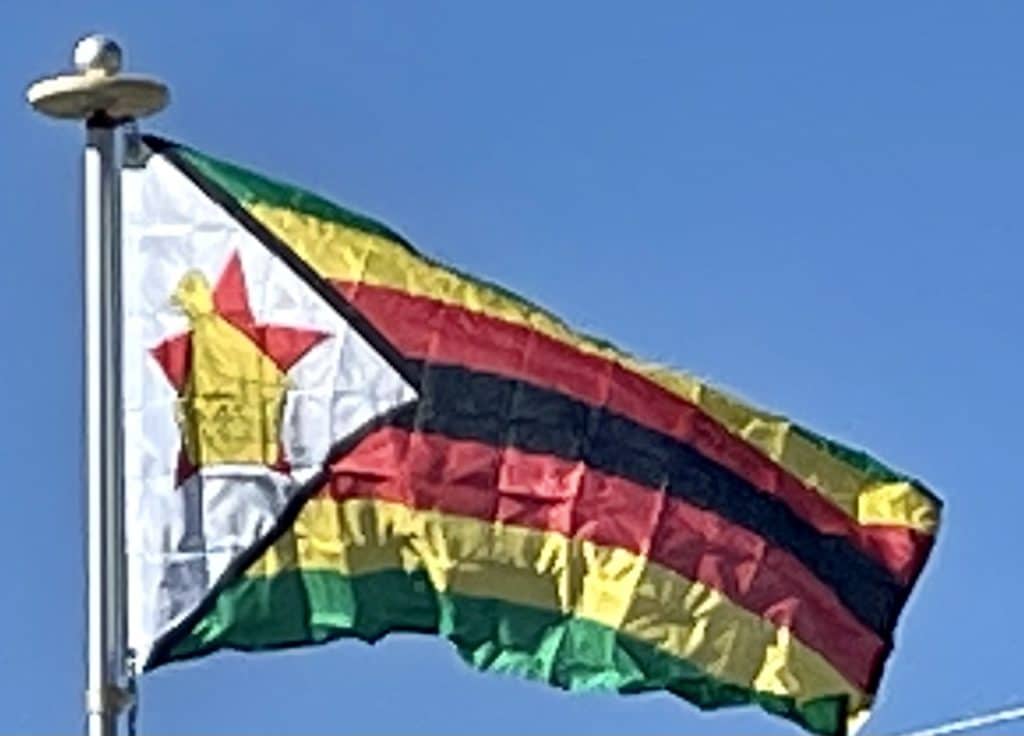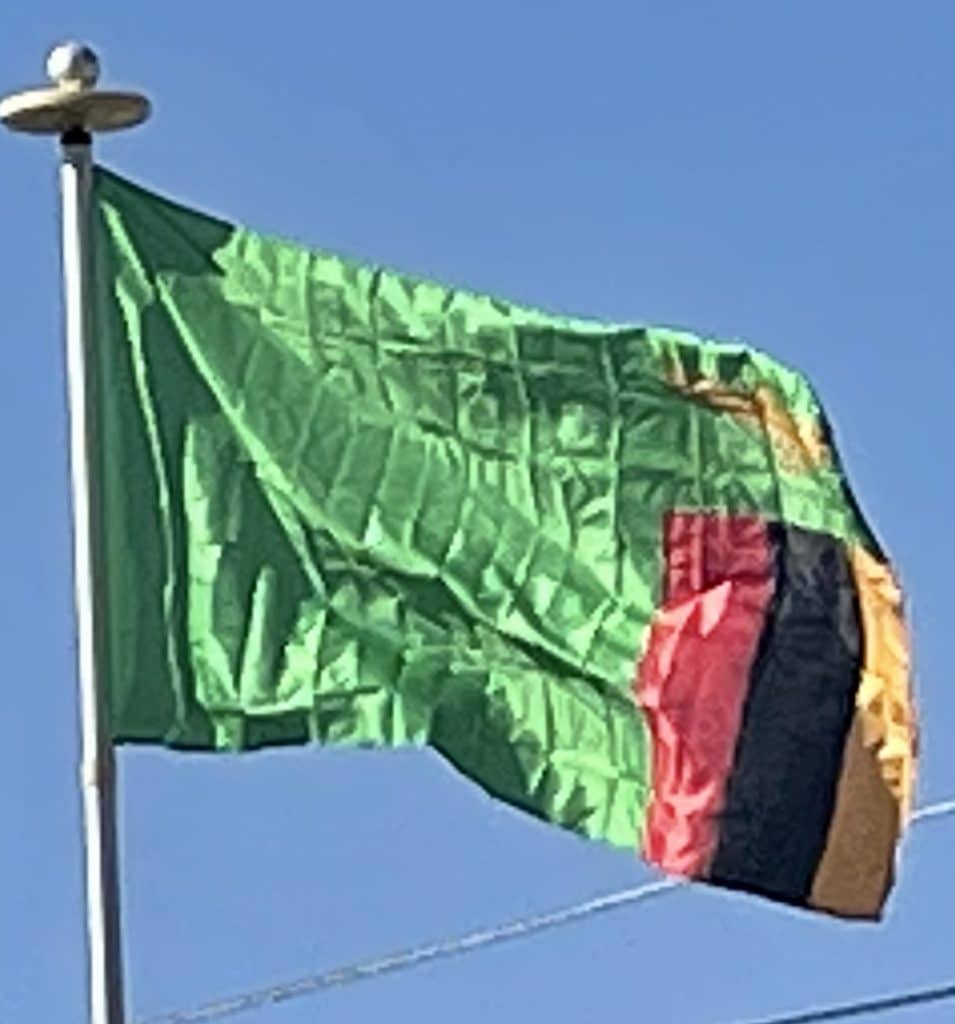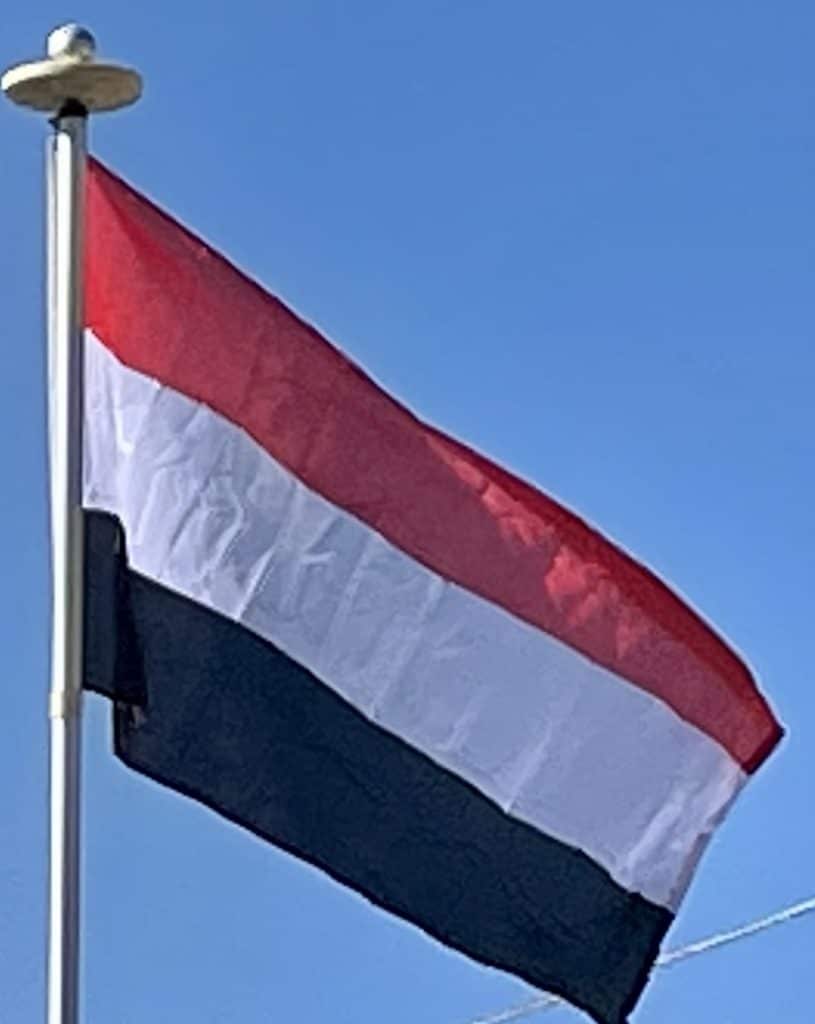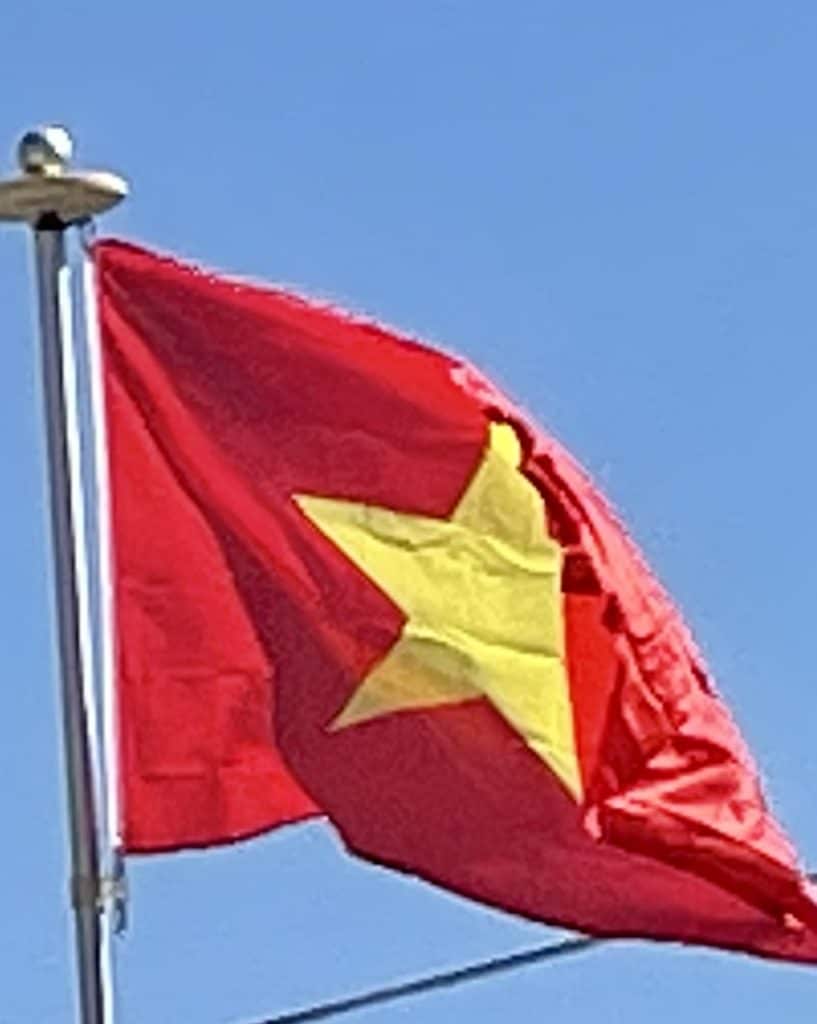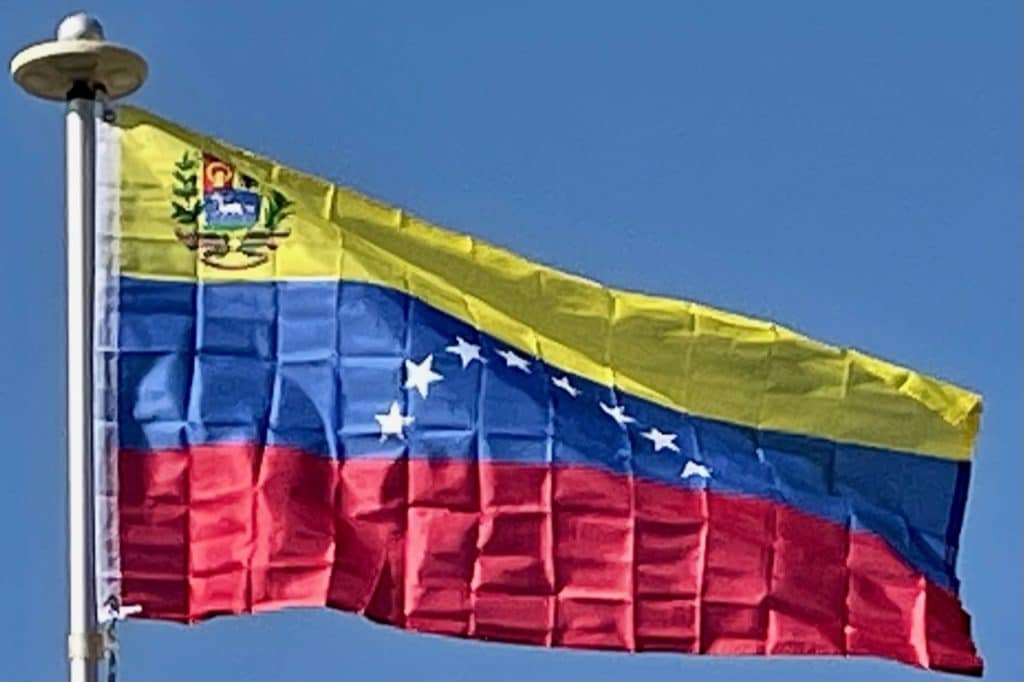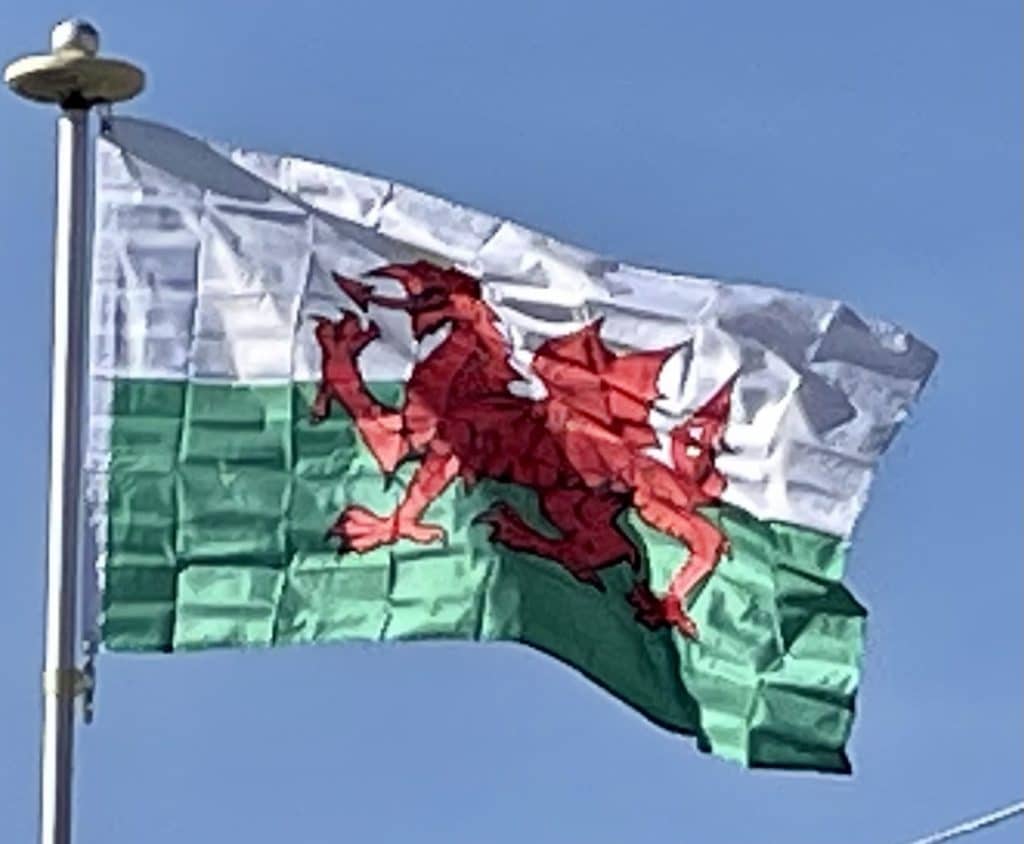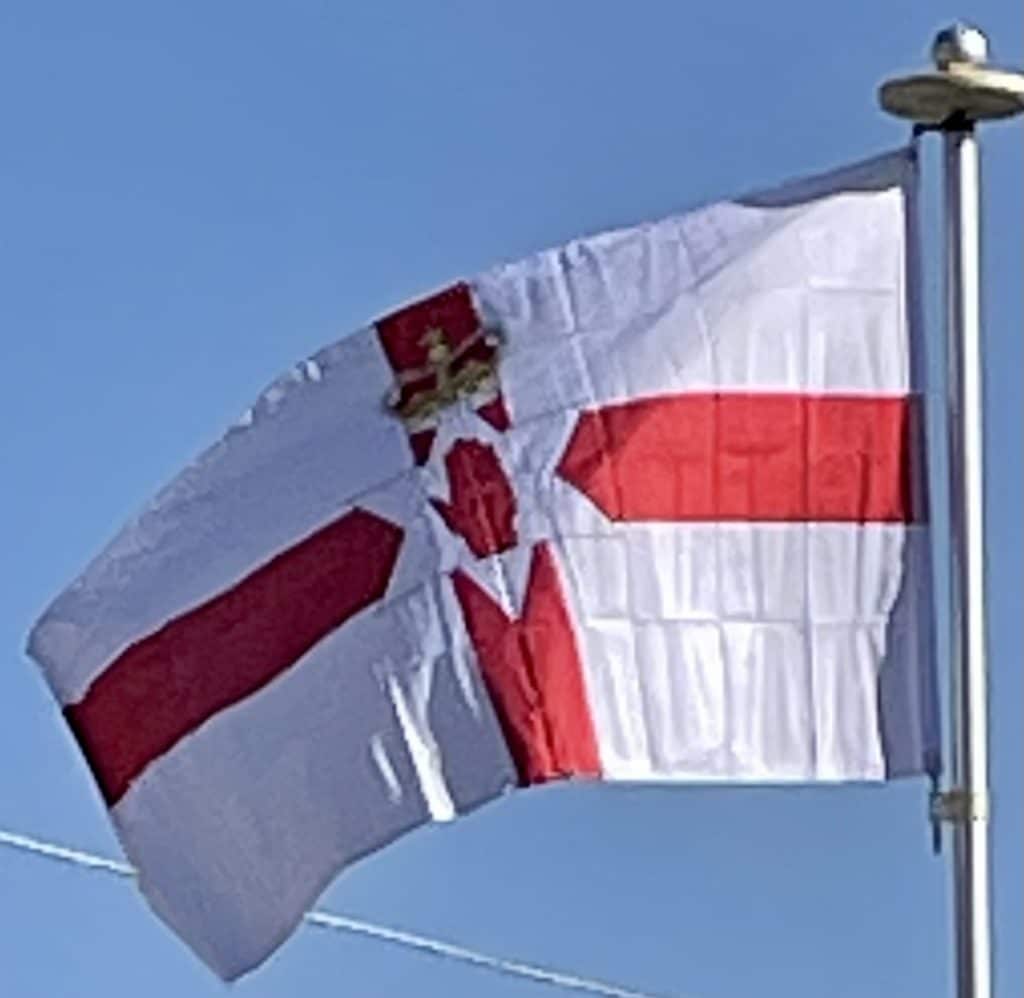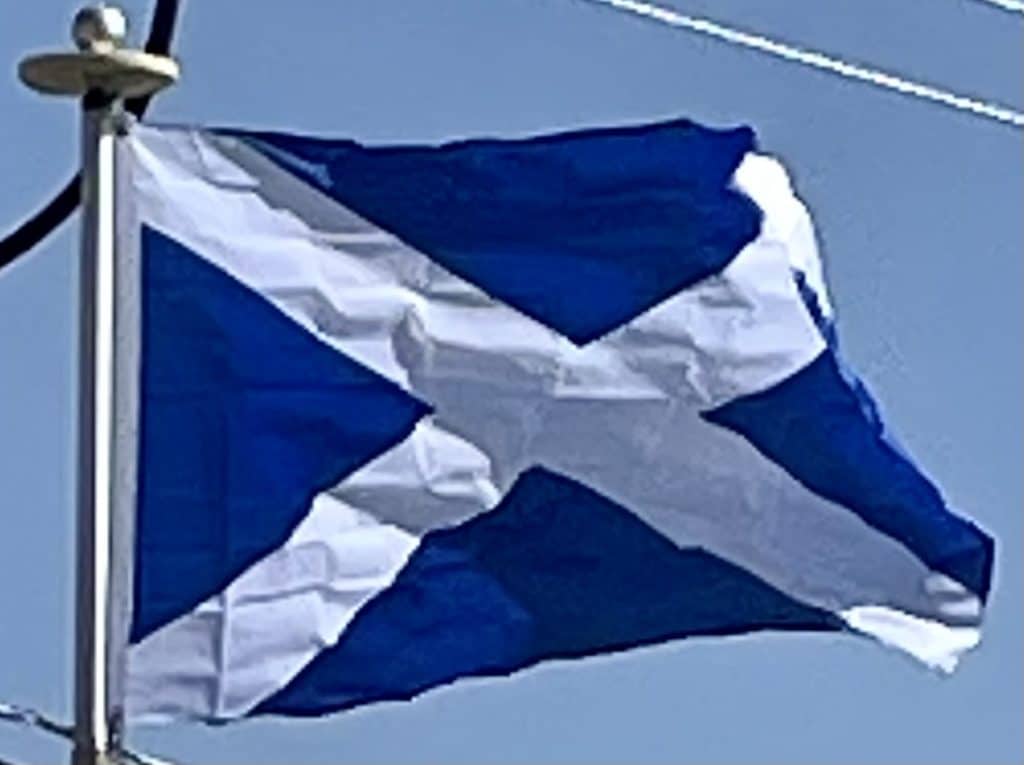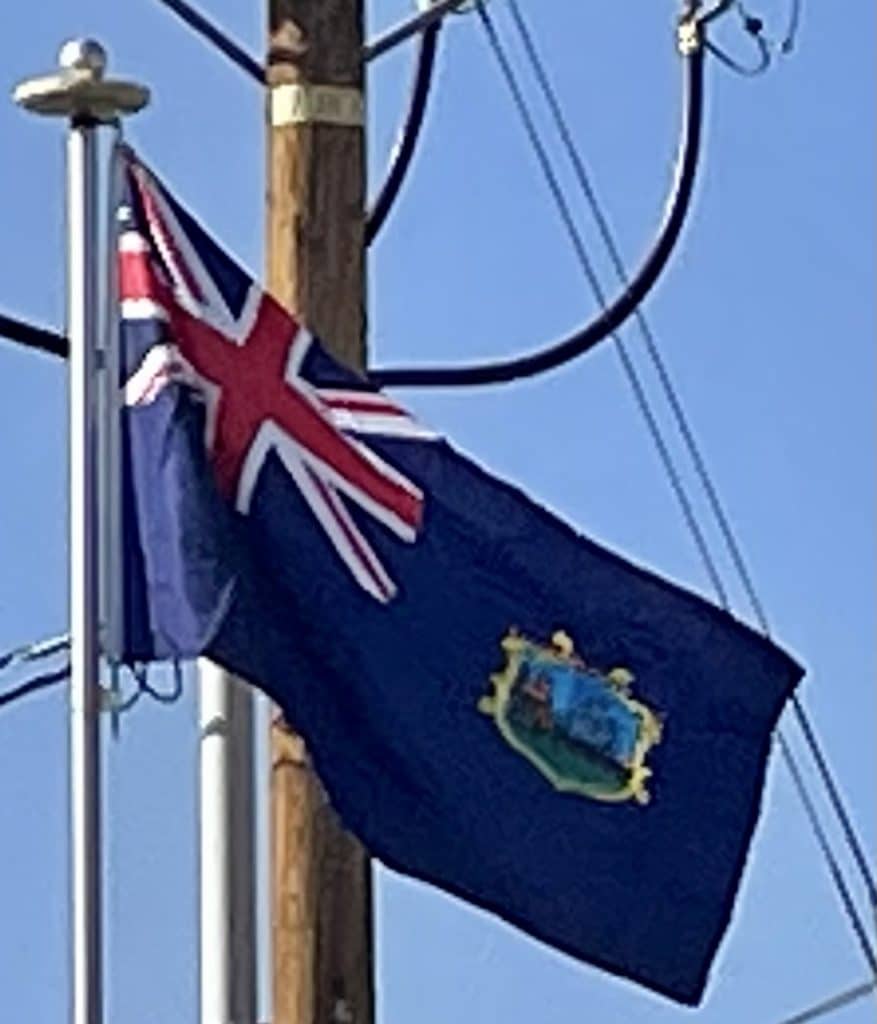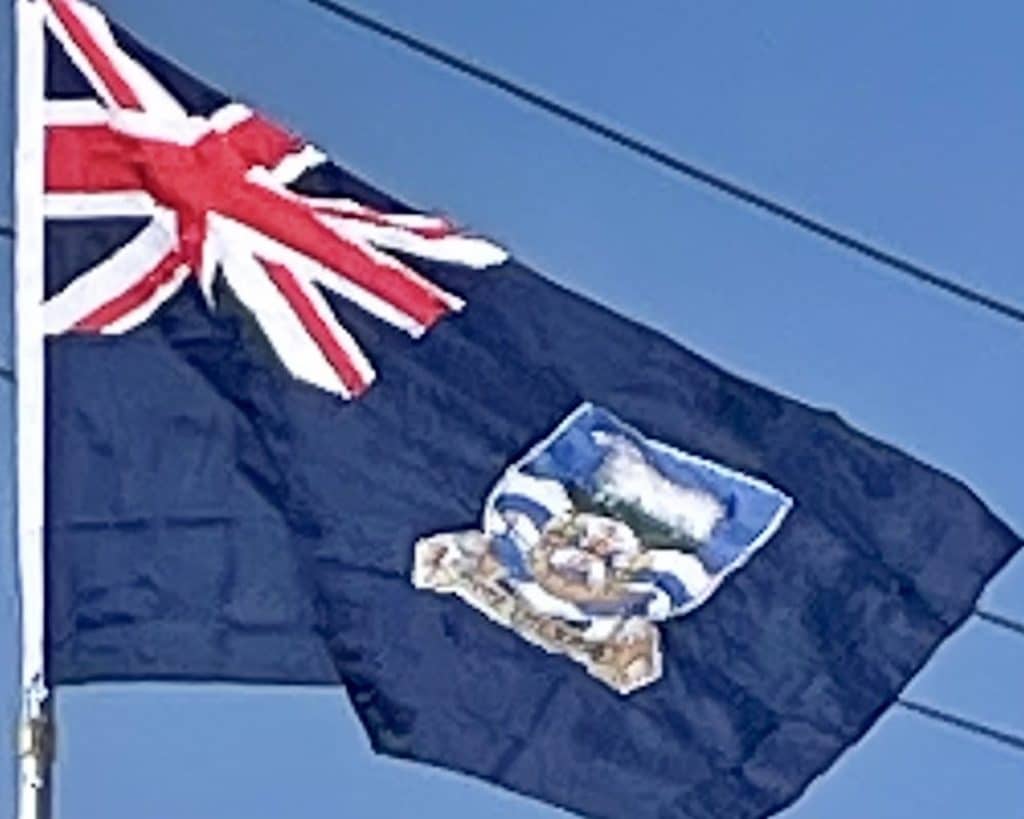Zimbabwe
The national flag of Zimbabwe consists of seven even horizontal stripes of green, gold, red and black with a white triangle containing a red 5-pointed star with a Zimbabwe Bird. The present design was adopted on 18 April 1980. The soapstone bird featured on the flag represents a statuette of a bird found at the ruins of Great Zimbabwe. The bird symbolizes the history of Zimbabwe; the red star beneath it officially stands for the nation’s aspirations but is commonly thought to symbolize socialism, and the revolutionary struggle for freedom and peace. The design is based on the flag of Zimbabwe’s ruling party, the Zimbabwe African National Union – Patriotic Front.
